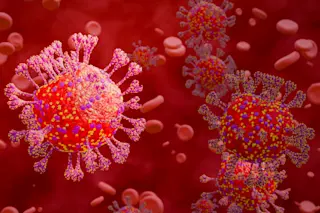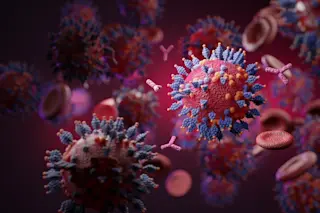Ecologist David Pimentel and his graduate students at Cornell pulled together statistics from the World Health Organization in Geneva, the Centers for Disease Control and Prevention in Atlanta, and other sources to analyze the effects of population growth and environmental degradation on human disease. Overall, they report, some 40 percent of all deaths can now be attributed to various environmental factors. A few of their findings:
HUMAN ACTIONSBuilding Egypt's Aswan High Dam. ENVIRONMENTAL EFFECTSExpanded the habitat for snails that host the flatworm Schistosoma mansoni, second only to the parasite that causes malaria in the number of people it kills worldwide. DISEASE INCIDENCEProportion of people in the Nile Valley with schistosomiasis increased from 5 percent in 1968 to 77 percent in 1993.
HUMAN ACTIONSDeforestation and doubling of some African populations every 20 years. ENVIRONMENTAL EFFECTSMore people living near areas favorable for breeding mosquitoes. DISEASE INCIDENCEFrom 1970 to 1990, malaria incidence in ...














